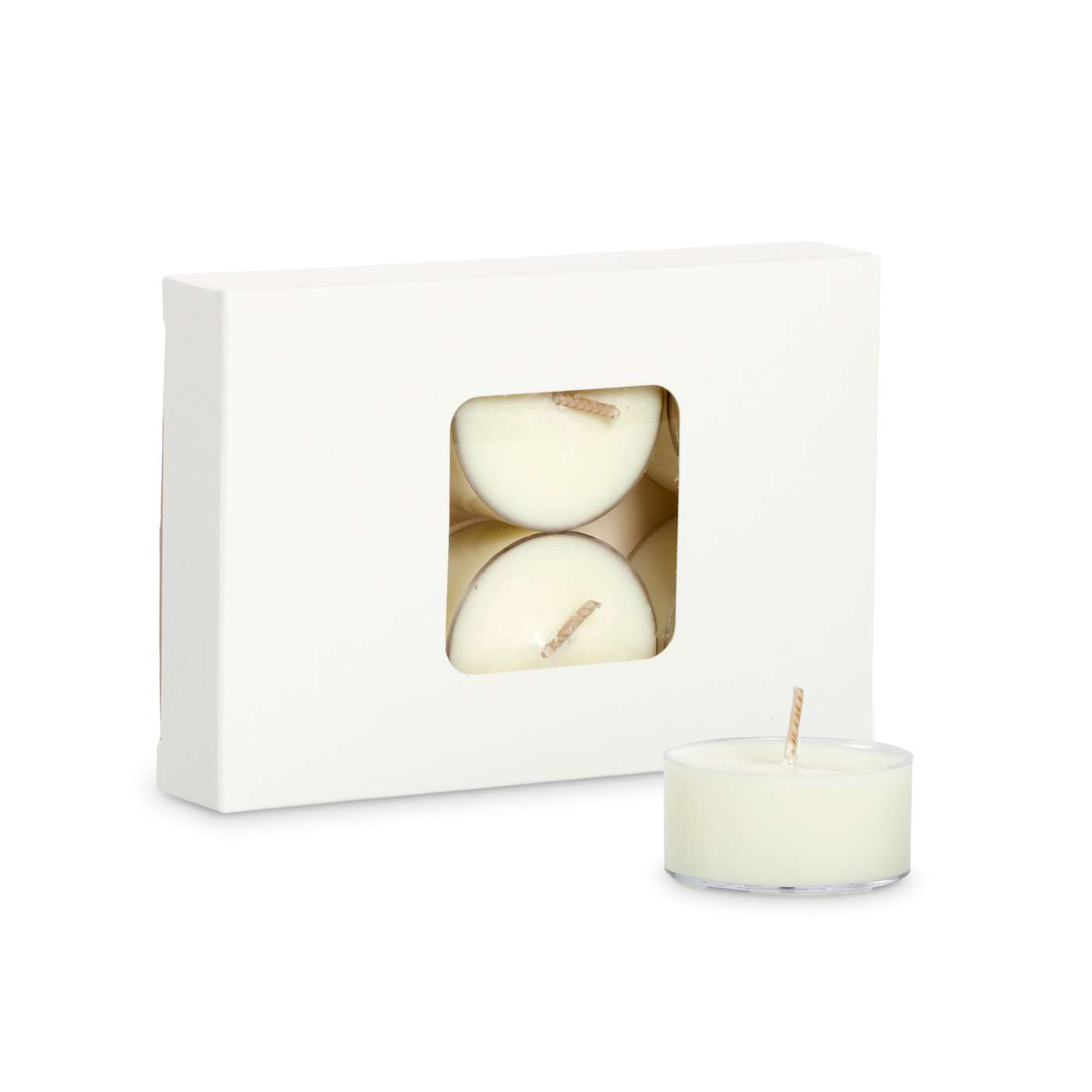Shop Sustainable Soy Wax Candles and Home Fragrance Collections
Shop Sustainable Soy Wax Candles and Home Fragrance Collections
Blog Article
From Wick to Wax: Recognizing the Chemistry Behind Soy Wax Candles and Their Environmental Impact
As we brighten our areas with the cozy radiance of candles, there lies a world of intricate chemistry behind the apparently basic act of lighting a soy wax candle. The selection in between soy and paraffin wax prolongs past simple aesthetics, diving into the world of environmental influence and the extremely make-up of the materials. Recognizing the molecular structure of soy wax and its combustion procedure sheds light on the exhausts launched into our surroundings. Join us as we decipher the clinical complexities behind soy wax candle lights and discover their implications on our setting.
Soy Wax Vs. Paraffin Wax
When contrasting soy wax and paraffin wax for candle making, it is important to comprehend the unique characteristics and benefits of each material. Soy wax is a natural, renewable source stemmed from soybean oil, making it biodegradable and eco-friendly - crystal soy candles. In contrast, paraffin wax is a result of petroleum refining, which increases problems regarding its ecological impact and sustainability
Soy wax candles burn cleaner and emit much less soot compared to paraffin wax candle lights, making them a healthier selection for interior air top quality. In addition, soy wax has a lower melting factor, allowing for a longer-lasting candle light that spreads scent better. Paraffin wax, on the other hand, tends to burn faster and much less cleanly, possibly releasing dangerous chemicals right into the air.
From a sustainability perspective, soy wax is preferred for its biodegradability and eco-friendly sourcing, aligning with the expanding consumer preference for environmentally aware items. While paraffin wax has been a traditional choice in candle light making as a result of its cost and convenience of usage, the shift towards environmentally friendly alternatives like soy wax is acquiring momentum in the industry.
Chemical Structure of Soy Wax

Burning Refine in Soy Candles
The chemical composition of soy wax directly influences the burning process in soy candle lights, influencing aspects basics such as melt time, fragrance release, and ecological influence. When a soy candle light is lit, the heat from the flame melts the wax near the wick. This liquid wax is then prepared the wick because of capillary activity. As the liquid wax gets to the flame, it goes through and vaporizes burning. The burning procedure includes the vaporized hydrocarbons in the wax responding with oxygen airborne to create warm, light, water vapor, and carbon dioxide.
The combustion performance of soy candle lights is influenced by the pureness of the soy wax and the top quality of the wick. Furthermore, soy wax candles have find out this here a lower environmental effect contrasted to paraffin candles due to their eco-friendly and renewable nature.

Environmental Benefits of Soy Wax

Thought about a lasting choice to traditional paraffin wax, soy wax supplies notable environmental advantages that make it a preferred choice amongst eco-conscious consumers. One considerable advantage of soy wax is its renewable sourcing. Soy wax is stemmed from soybean oil, which is predominantly grown in the USA. The farming of soybeans aids sustain neighborhood farmers and lowers the dependence on non-renewable nonrenewable fuel sources made use of in paraffin wax manufacturing. In addition, soy wax is eco-friendly, indicating it breaks down naturally without releasing damaging toxic substances into the setting. This particular makes soy wax candle lights an extra eco-friendly option contrasted to paraffin wax candle lights, which are made from oil, a non-renewable resource. Furthermore, soy wax burns cleaner and produces less soot than paraffin wax, adding to much better indoor air quality and lowering the demand for cleaning and maintenance. On the whole, the ecological benefits of soy wax straighten with the growing need for lasting and environment-friendly items on the market.
Recycling and Disposal Considerations
Recycling and correct disposal of soy wax candles play an important duty in keeping ecological sustainability Discover More and lowering waste in neighborhoods and homes. When it comes to recycling soy wax candles, the first step is to ensure that the candle has melted completely.

In regards to disposal, if recycling is not an option, soy wax candle lights are biodegradable and can be securely dealt with in many household waste systems. It is constantly suggested to check with neighborhood recycling facilities or waste monitoring solutions for particular standards on candle disposal to ensure proper handling and ecological protection.
Verdict
In final thought, the chemistry behind soy wax candles discloses their ecological advantages over paraffin wax candles. Soy wax, obtained from soybean oil, burns cleaner and creates much less residue when contrasted to paraffin wax.
When comparing soy wax and paraffin wax for candle production, it is crucial to recognize the distinct features and benefits of each material (home fragrance).Soy wax candles shed cleaner and give off much less residue contrasted to paraffin wax candles, making them a healthier selection for indoor air top quality.Taken into consideration a sustainable alternative to standard paraffin wax, soy wax uses significant environmental advantages that make it a popular choice amongst eco-conscious customers. Soy wax burns cleaner and generates less residue than paraffin wax, adding to much better interior air top quality and lowering the demand for cleaning and maintenance.In verdict, the chemistry behind soy wax candle lights discloses their environmental benefits over paraffin wax candle lights
Report this page